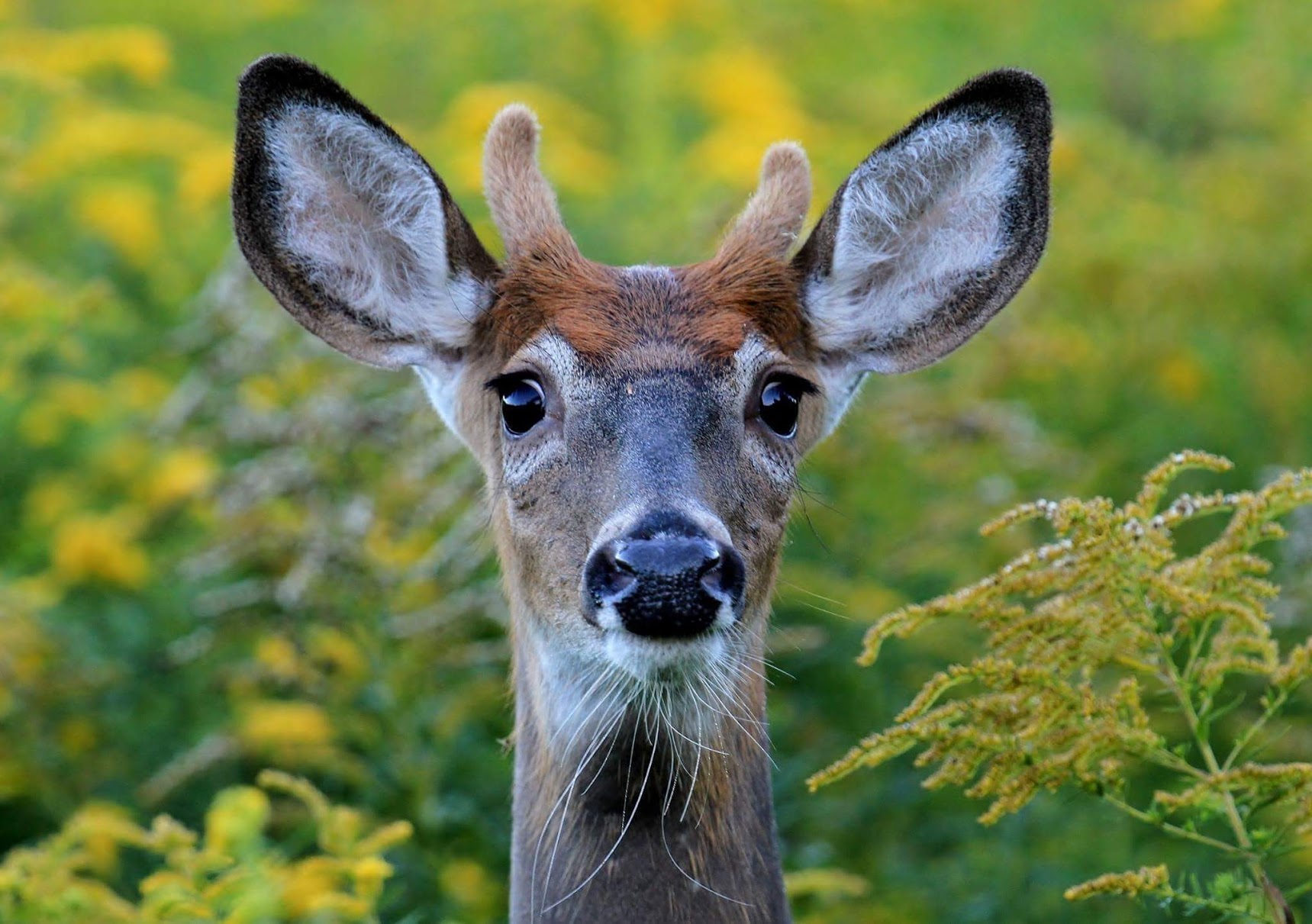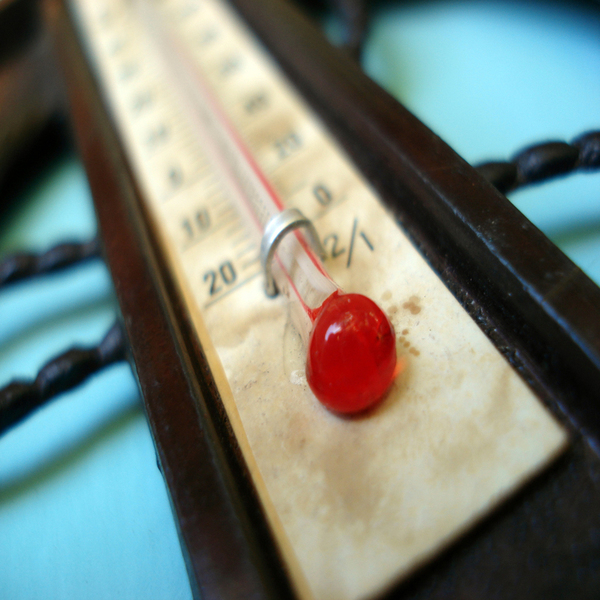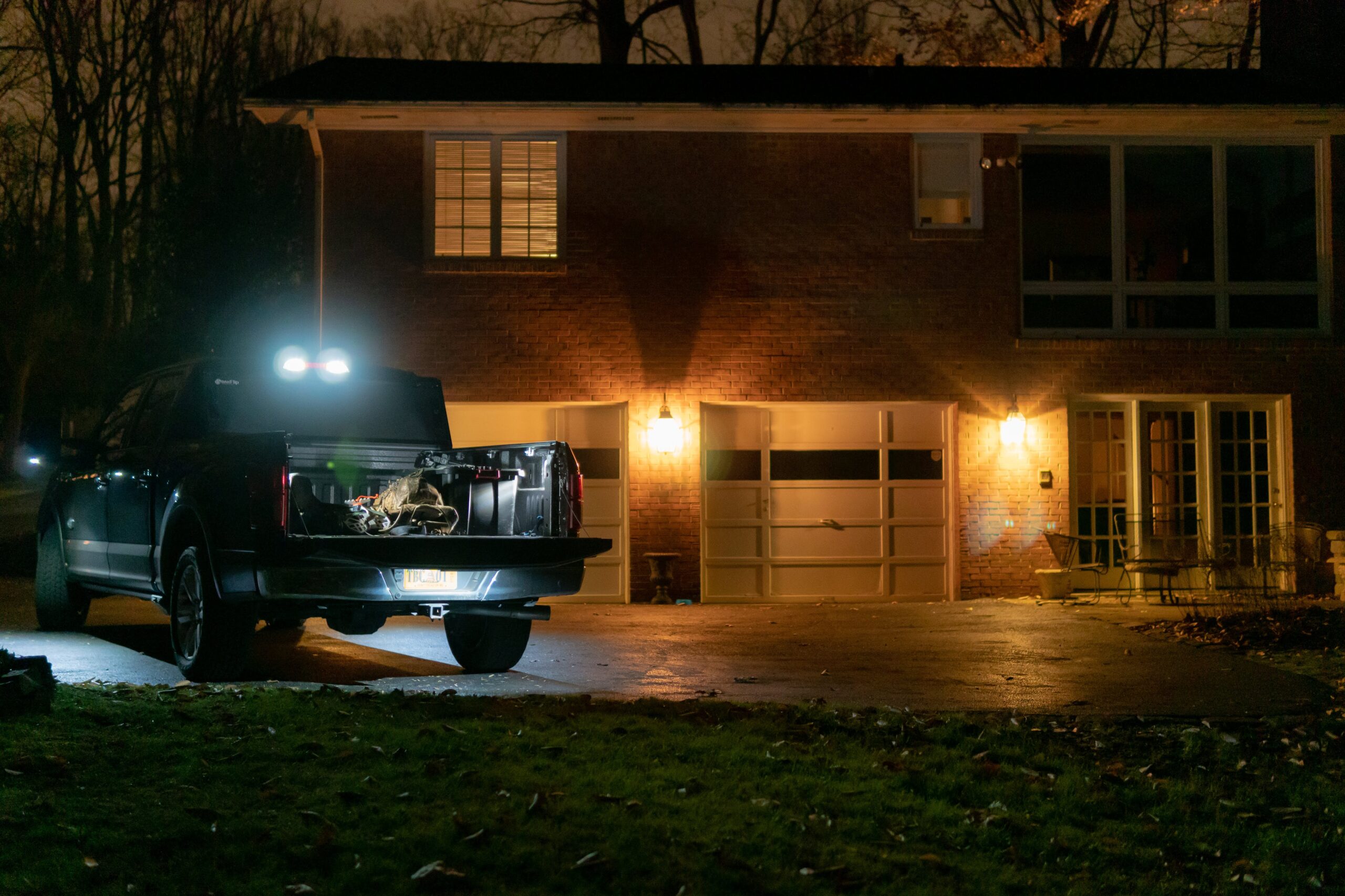Home » News » Field to Table: When to Trust a Butcher
Field to Table: When to Trust a Butcher

Christopher Kyer (The Honest Omnivore) is a modern day renaissance…
Why using a deer processor may be your best option
The prospect of converting a 150-pound whole deer into cuts for dinner can be intimidating, this isn’t just an upland game bird. “I don’t know how to butcher a deer.” “I don’t have the space or the tools.” “I don’t have time.”
The last response seems to be the most common and certainly is not surprising these days. I know hunters who typically butcher their own game who will still use a processor from time to time because the circumstances make butchering their own deer difficult or impossible.
Using a processor, however, needn’t be a decision of last resort. For you, a processor may be the best answer.
Let’s consider what a processor offers.
From the moment you bring your deer in, a processor will skin it, hang it in a temperature controlled refrigerated locker, cut it, package it, and even grind portions into burger mixed with added fat, and/or allow you buy ready-made sausages for cost plus exchanged meat.
It is a lot of service for only about $125. Without outsourcing this, you will need to provide all those aspects yourself. If you live in an apartment or condo, some of these can be challenging, to say the least.
Deer processing is a seasonal business, of course. For many processors, the core of this business is the Modern Firearms season, locally known as Rifle Season, Shotgun Season, or simply Deer Season. In most states, this lasts just a few weeks, and that concentration of hunting effort produces a deluge of deer. For example, the first 3-day shotgun season in Illinois typically yields a harvest of some 60,000 deer. This can be a windfall for the local butcher shop that knows how to cut a deer, which is much smaller than a steer and very different in body shape than a hog.
Shopping to find a processor shouldn’t be difficult, but it should be something to do as part of your pre-season preparation. Between using the internet and listening to some recommendations made by locals, you can start to develop a list of prospective butchers. Evaluating a good processor may be difficult because of your own limited experience, too. How do you know a good one when you find one? Here are some questions to ask to help you determine that.
Is this a full-time butcher shop that processes deer seasonally or a seasonal deer processor?
The answer is not a make or break one, by the way. If they are a seasonal operation, they probably only process game animals, which implies a certain specialization. If they are a full-time shop, what is their experience with game animals? Do they cut sheep or goats as part of their regular business or just pigs and steers? The former two are much closer to deer in body size and configuration and are butchered in a similar manner. You definitely want to know how experienced they are, as well. If this is their first year in business, make sure they gained some knowledge elsewhere.
How long do you hang a deer before cutting?
Ideally, this is about 4-5 days for proper aging of the meat, but it should be at least 24 hours so that the biochemical process of rigor mortis can pass prior to cutting. Without this chemical change, the meat can be tough or even ‘off’ in flavor. Depending on your circumstances, they may make accommodations for your schedule. Never be afraid to ask.
How do you wrap your cuts?
Are they using plastic wrap, butcher’s paper or both? I haven’t found one yet that uses vacuum sealing on any cuts except some sausages; I think it just isn’t economically viable. This a crucial piece of information as it will tell you how well the meat will keep in the freezer. Poorly wrapped meats can be lost after just a few weeks to freezer burn. If I have deer processed, I want the cuts wrapped in plastic and then in paper, which provides some barrier and insulation against freezer burn.
Do I get my own deer back?
This is probably the one thing you have to take on trust. Most processors will tell you that you do. My experience is that you do, most of the time. There have been a couple of instances where I knew it wasn’t my animal. The holes were in the wrong place, but the mistake was made. How could it possibly be corrected? I just hoped the guy who shot the animal I inherited did a good job of field dressing!
If you elect to trade in the deer for sausages, in whole or part, it probably won’t be your deer. Sausages like snack sticks, summer sausage and landjaeger take time to make and are best made in sizable batches. Depending on the size of the operation, a processor may make weekly batches of sausages from the accumulated trim or he may make them all after the firearms season rush is over. The consolation is that the seasoning and nature of making sausage means that you won’t notice much of a difference.
What do you use in your burger/ground venison?
Most butchers use beef suet because it has a good flavor profile for venison and is cheaper than pork fat. Ask. If it matters, you may have options. Some provide venison ground without added fat and if this option is available, I prefer it so I can add fat to suit my needs later.
What other services do you offer?
Some processors work in close connection with a taxidermist or two. If you want to have the hide tanned, hair on or off, or have the head mounted, you will want the taxidermist to skin it to their liking. Most butchers don’t remove a hide with any concern for it as their job is focused on the meat.
An option that some butchers will allow is a “skin and cool” for a reduced fee. They will skin the animal, hang it in their cooler and hold it there until you are ready to take it away. I have used this option in warmer years in Wyoming for decades. No fussing with coolers and ice or worrying about daytime temps rising into the 70s. This is definitely something you want to inquire about beforehand if it is an appealing option for you.
If the convenience of having a professional cut your deer sounds like a good option based on all this, do it. There will be some who think not butchering your own deer is like doing half the job, but I don’t agree with that. However, if you are of the mind that they are correct and you want to take on the whole process of bringing your deer from field to table, you can do it. And it’s not hard with a little help.
Christopher Kyer (The Honest Omnivore) is a modern day renaissance man -- hunter, fisherman, writer, maker, philosopher, and foodie! Born in West Virginia and educated in New Jersey and Michigan, Chris has spent his adult life split between the Pacific NW and the Chicago suburbs. He started cooking with his grandmothers and hunting with his PawPaw before he was 10 years old, and the woods and a kitchen are still where he feels most at ease.



